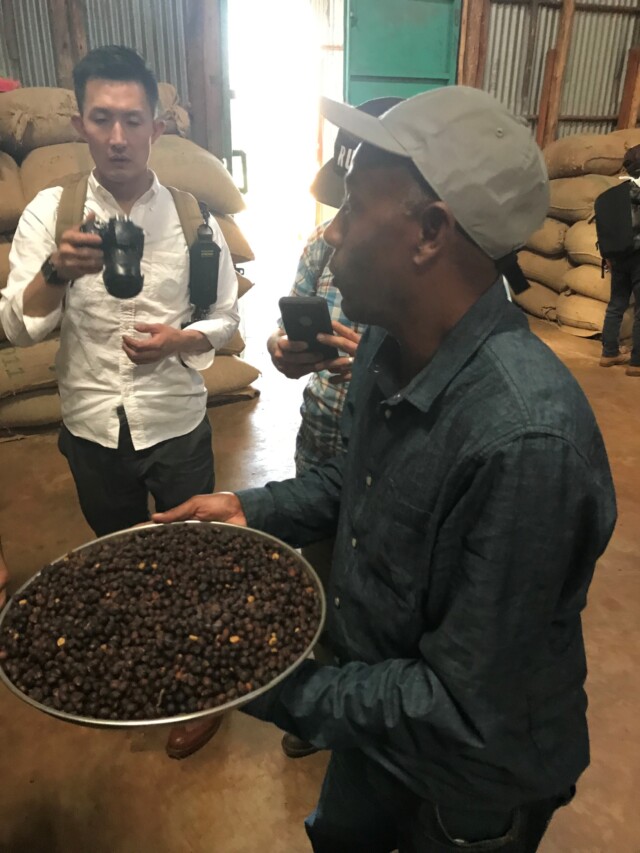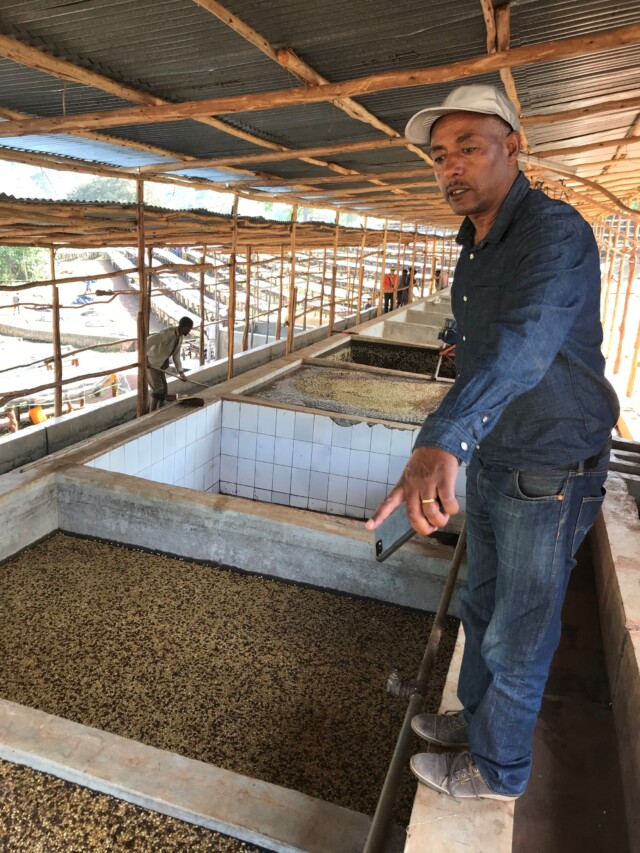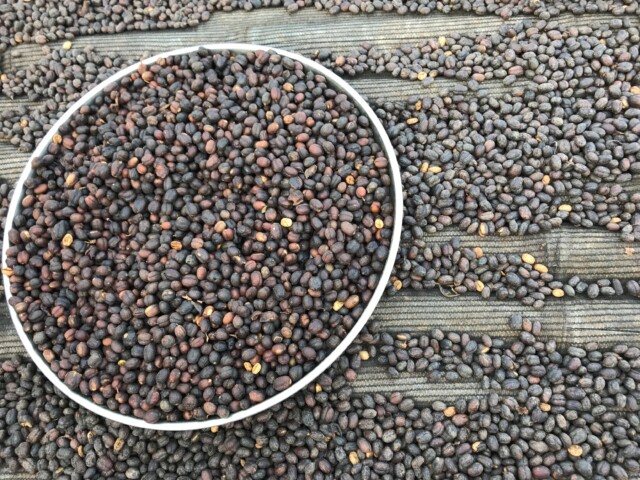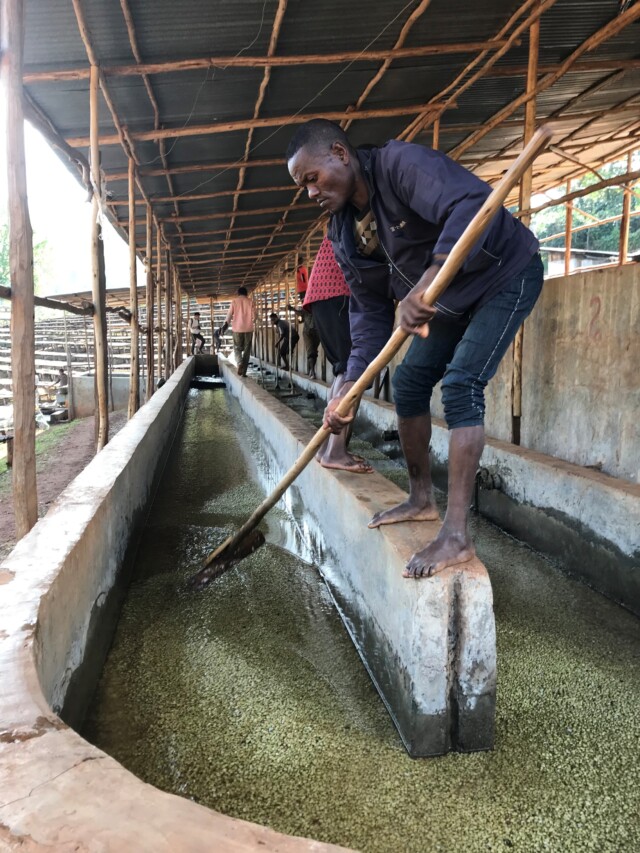Ethiopia Suke Quto
The Farm
Shakiso is a woreda, or district, in the Guji area of the Oromia region. Shakiso Wako organic coffee comes from the Sewana washing station in the kebele, or town, with that name. Wako is the name of the shareholder that works in the place. As organic coffee, Shakiso Wako coffee was grown without the use of herbicides, pesticides or other agrochemicals. The washing station assigns each lot an identification code to maintain traceability.
The coffee varieties in this lot, locally selected inheritance sub variety 74110 and 74112, are common in the Guji area. They were developed in the 1970s at the Jimma Agricultural Research Center (JARC) for their resistance to rust disease. These two varieties begin with “74” to indicate their cataloging and selection in 1974.
Variety 74110 was selected from an original “mother tree” from the town of Bishari, Metu province, Illuababora area, Oromia region. After investigating its resistance to coffee rust disease and overall yield, JARC released the variety in 1979. 74110 trees are small and compact. The 74112 variety also originates from the Metu-Bishari forest and was similarly launched in 1979 for its resistance to disease and its yield potential. Its trees are also small and compact.
Process Method
After harvesting, the cherries are brought to the moist benefit, passing through a pulper to remove most of their skin and pulp layer. Coffee is placed in clean water tanks where any remaining mucilage is removed through fermentation. The fermentation process, in addition to “cleaning” the parchment, also helps convert sugars into acids.
Finally the grains are washed to release the remaining residues, the last stage before drying in the sun.
Ethiopia is widely known as the cradle of coffee. Already in the X century, the Ethiopians crossed the mountains eating red cherries from trees of wild coffees. It is from this indigenous plant that Arabica coffee spread worldwide.
Ethiopia is the first coffee producer in Africa and the sixth in the world. This accounts for almost 70% of its export revenues and employs approximately 15 million Ethiopians. There is one main crop per year that takes place between November and February. More than half of Ethiopian coffee is produced in small plots of land around the coffee grower’s house known as the ‘coffee gardens’. Only 5% of Ethiopian coffee is produced in large estates and tend to be low altitude plantations in the west of the country. Ethiopia makes use of both processing methods, washed and unwashed, with a wide variety of varieties and cultivars producing some of the most magnificent and unique coffees in the world.
Guji is an area in the Oromia region of southern Ethiopia. The majority of the residents of this region are Oromo and speak the Oromo language, which is completely different from the main language of Ethiopia, Amharic. Like many of the coffee regions of the country, the culture of the Guji Zone varies from woreda to woreda. The main source of fresh water in the area is the Ganale Dorya River, which also acts as the border line with the neighboring Bale area to the east.
To the west, Guji borders the southern Gedeb woreda of the Gedeo Zone in neighboring South Nations, Nationalities and Popular Region, part of the Yirgacheffe coffee growing area.
13,50 € – 54 €
Envío gratuito a partir de 40€ de compra. (Península y Baleares)




